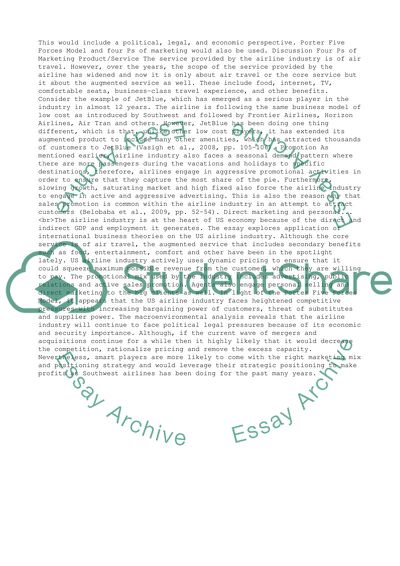Cite this document
(“The US Airline Industry Essay Example | Topics and Well Written Essays - 1750 words”, n.d.)
Retrieved from https://studentshare.org/business/1442404-the-us-airline-industry
Retrieved from https://studentshare.org/business/1442404-the-us-airline-industry
(The US Airline Industry Essay Example | Topics and Well Written Essays - 1750 Words)
https://studentshare.org/business/1442404-the-us-airline-industry.
https://studentshare.org/business/1442404-the-us-airline-industry.
“The US Airline Industry Essay Example | Topics and Well Written Essays - 1750 Words”, n.d. https://studentshare.org/business/1442404-the-us-airline-industry.


